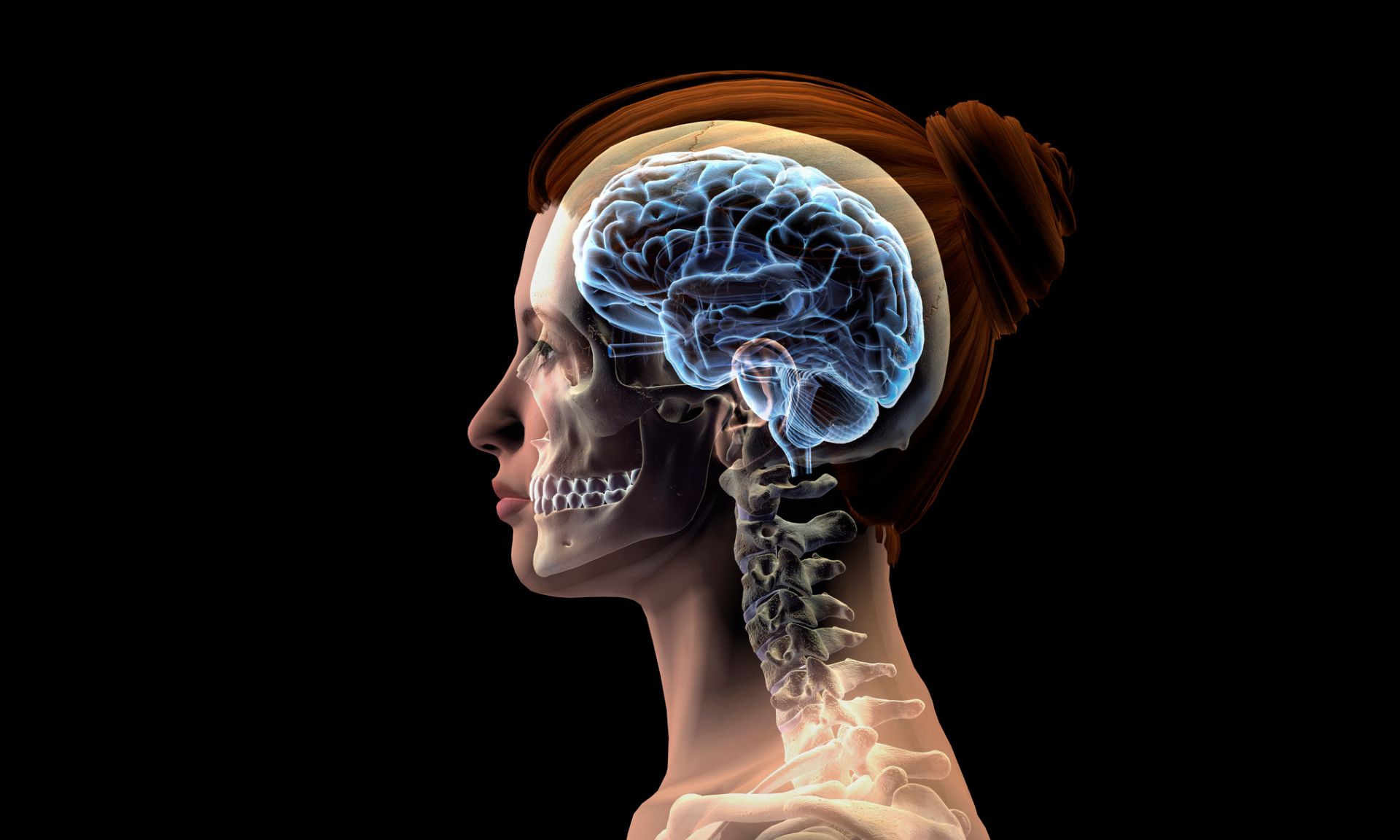Lack of oxygen at birth: faster determination of brain damage


Each year, some babies experience a lack of oxygen before or during birth, which can lead to brain injury – a medical condition known as hypoxic-ischemic encephalopathy (HIE). To date, therapeutic hypothermia remains the only approach proven effective in limiting the neurological damage caused by this oxygen deprivation. However, even with this treatment, the prognosis remains uncertain.
One of the main challenges is to quickly assess the extent of brain injury in order to anticipate the risk of long-term complications or, conversely, the potential for full recovery. This evaluation typically relies on magnetic resonance imaging (MRI), performed after the treatment ends—around the fifth day of life—and requires transporting the fragile newborn out of the intensive care unit.
However, a new study led by Université de Montréal professors Mathieu Dehaes and Elana Pinchefsky at the Centre de recherche Azrieli du CHU Sainte-Justine reveals that a combined approach using advanced neuromonitoring techniques can more rapidly predict short-term clinical outcomes of these patients, based on quantitative data, without interfering with their treatment.
To achieve these results, the research team monitored 52 babies treated with therapeutic hypothermia in the neonatal intensive care unit at CHU Sainte-Justine using two complementary technologies: electroencephalography (EEG), which is widely used to record the brain’s electrical activity, and an optical neuromonitoring system (NIRS), capable of measuring several indicators of brain oxygenation and metabolism.
These non-invasive tools can be used directly at the bedside, avoiding any need for transport—a crucial advantage given the fragility of these patients. The measurements allowed the team to accurately identify the severity of the babies’ brain injuries as early as the second day of treatment.
'Much more quickly'
“Currently, magnetic resonance imaging (MRI) remains the gold standard for assessing long-term outcomes," said Dehaes. "It helps differentiate between normal or mild cases and severe ones, but it is typically performed around five days after birth. The integrated approach we propose provides data much more quickly and for all levels of severity.”
In fact, by adding cerebral metabolism analysis, the team showed it is now possible to distinguish moderate cases from normal or mild ones, which used to be a major clinical challenge.
Born of a collaborative effort that also included UdeM medical professors Anne Monique Nuyt and Ramy El-Jalbout, who also practice at CHU Sainte-Justine, these promising findings mark a significant step forward in optimizing neonatal care protocols.
“In neonatal intensive care, earlier intervention is always better,” said Chowdhury, the study's first author, who is a former postdoctoral fellow at the Centre de recherche Azrieli. “The accessible techniques we tested offer doctors and medical staff quantitative bedside indicators to identify newborns at risk of moderate or severe complications, thus supporting clinical decision-making.”



